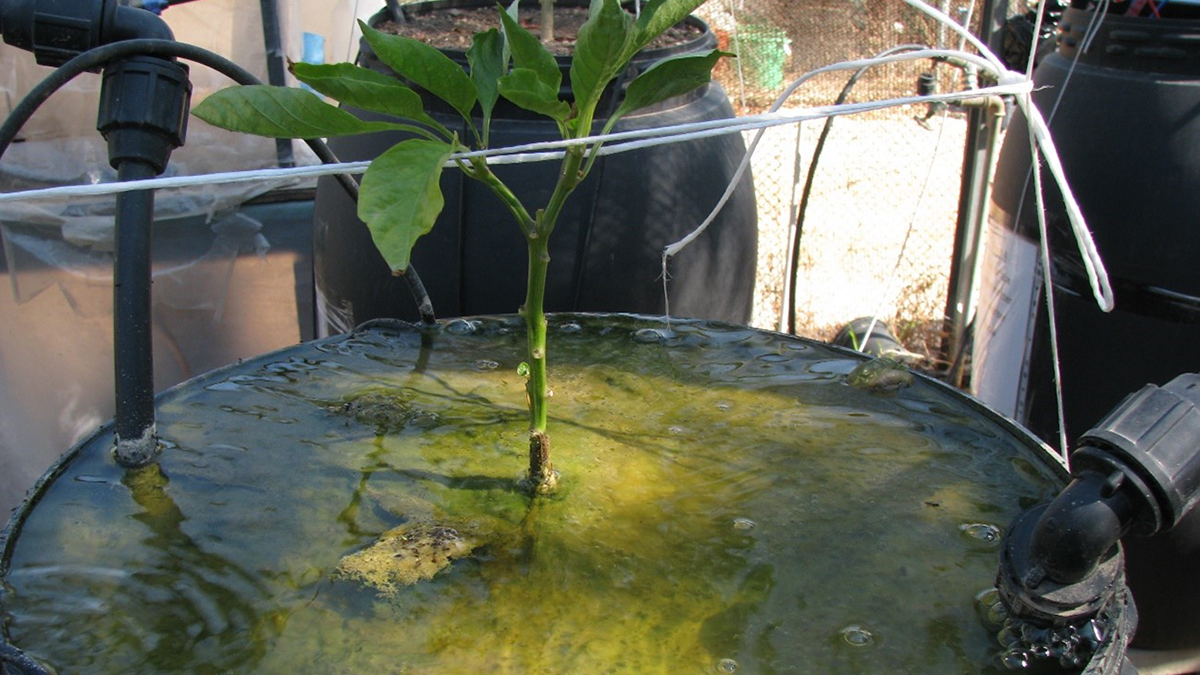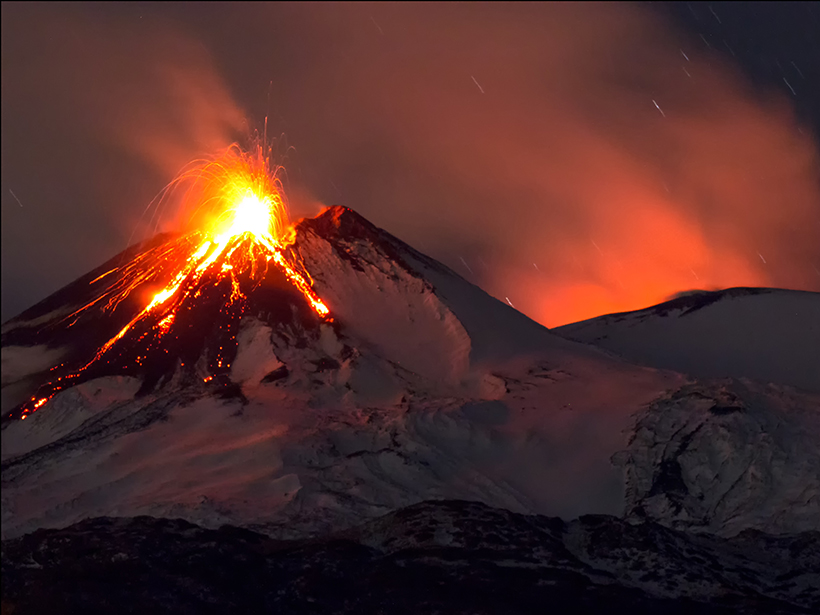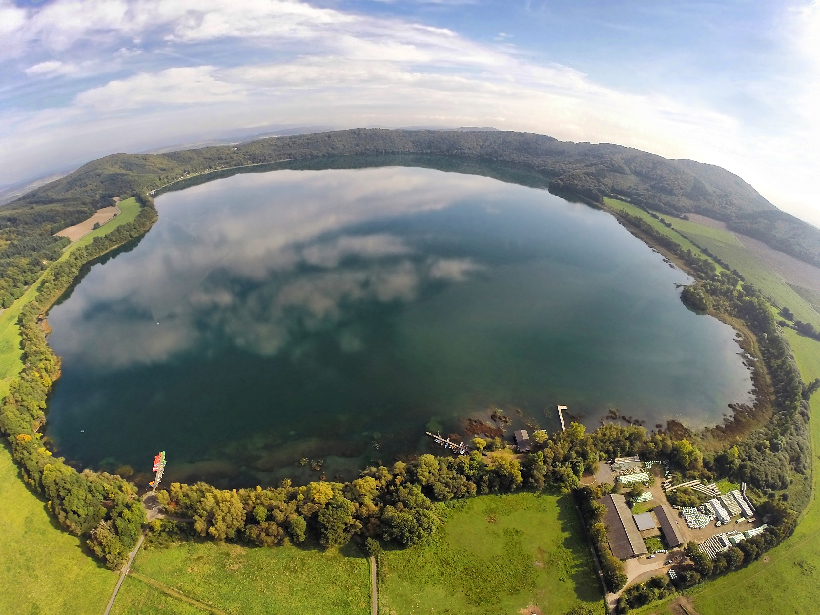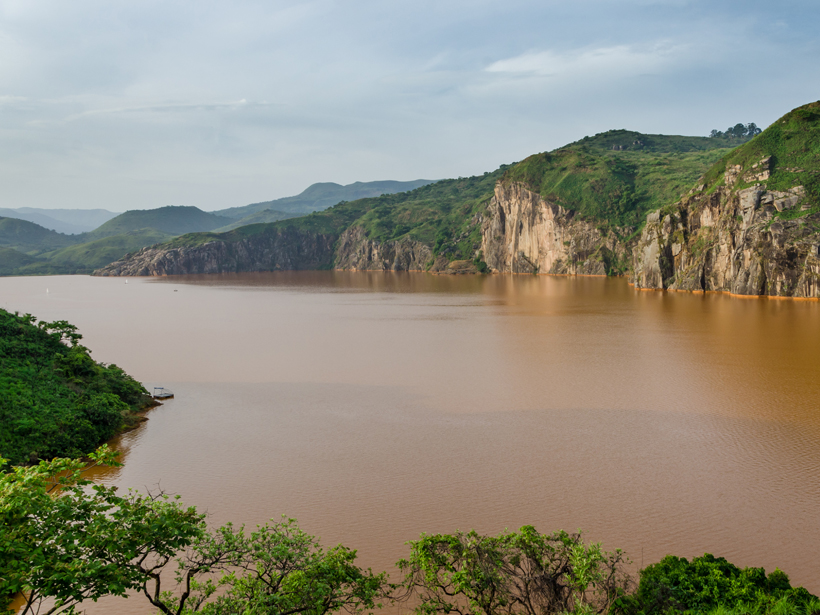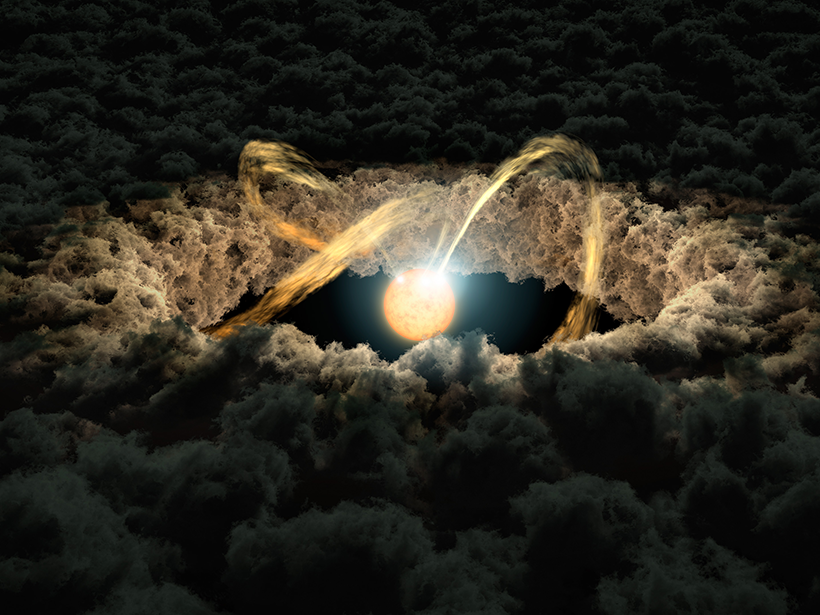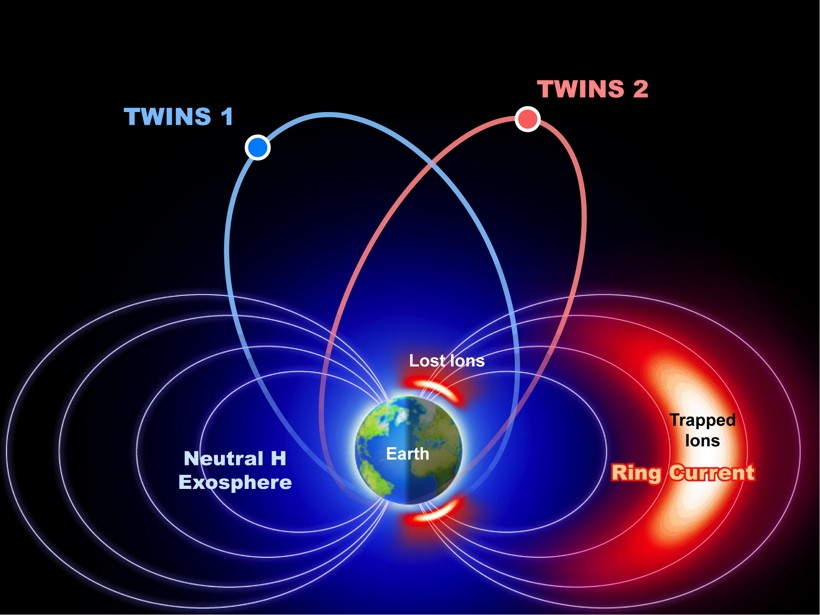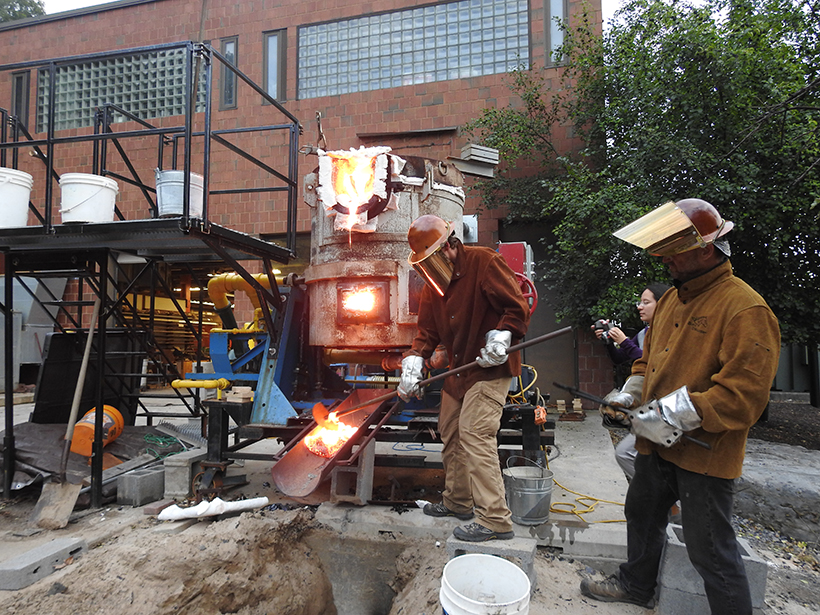Der Laacher-See-Vulkan ist ruhig, doch Gasbläschen, die aus dem darüber liegenden See aufsteigen, erinnern an seine potenzielle Gefahr. Wissenschaftlerinnen und Wissenschaftler untersuchten die Blasen genauer, um Methoden zur Überwachung von Eruptionen zu testen.
gases
Air Flow Dynamics in Wet Soils: Challenges and Knowledge Gaps
Modeling air flow in wet porous media relies on quantifying the combined role of fluid and media properties and flow dynamics on the microscale displacement mechanisms and macroscale unstable flow.
Etna Under Pressure: Does Gas Buildup Foreshadow Eruption?
Pressure from both magma and gas can trigger eruptions. Monitoring degassing can help predict eruptions but only if the magma system is well understood first.
Earth’s Volatile Balancing Act
How do greenhouse gases and water circulate from minerals deep below Earth’s surface into the atmosphere and oceans—and then back again? Our understanding continues to evolve.
Messages in the Bubbles
Laacher See volcano is quiet, but gas bubbles rising through the overlying lake are a reminder of its potential hazard. Scientists took a close look at the bubbles to test eruption monitoring methods.
Lethal Volcanic Gases at an Italian Country Club
High levels of carbon dioxide and hydrogen sulfide emitted by volcanic outgassing caused a deadly accident near Rome, Italy, in 2011, geoscientists have shown.
Sparks May Reveal the Nature of Ash Plumes
In lab experiments and models, researchers uncover how ash can affect the standing shock waves of erupting volcanoes. Their findings may lead to new predictions of volcanic ash hazards.
Passing Object May Have Kicked Up Dust from a Planetary Disk
The elongated tail of the SU Aurigae protoplanetary disk was likely formed as a result of a flyby from a substellar object.
The Big Picture in Geospace
A NASA stereo-imaging mission called TWINS continues to push the boundaries of what we know about the region of space close to Earth.
Homemade “Spatter Bombs” Can Reveal Volcanic Secrets
Researchers use trial and error to develop a technique to create volcanic lava bombs.


